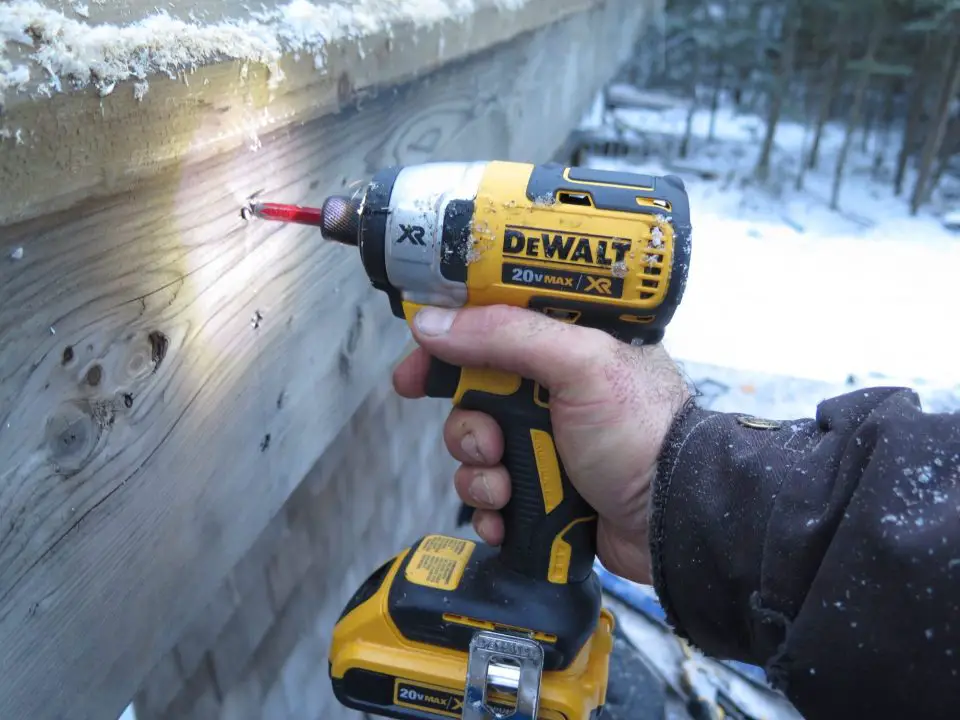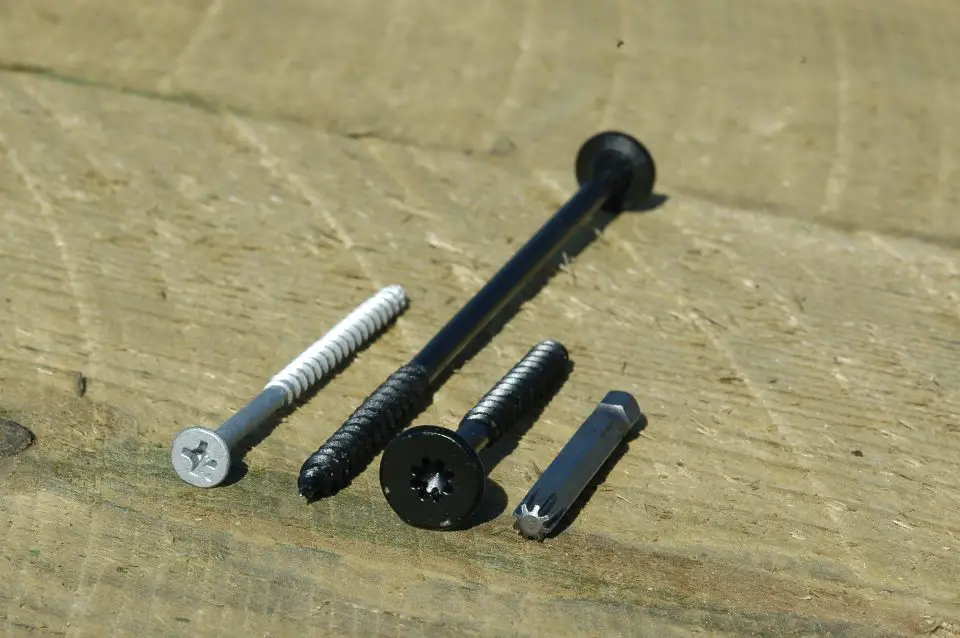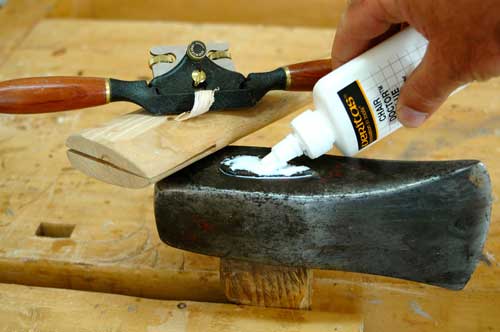
If you’re planning to build a deck, dock, fence, gazebo, or any other outdoor building project that includes screws, you need to know about a power tool that can make the job of driving screws so much better. Deck screws and structural screws are excellent fasteners for outdoor projects (much better than nails), but driving any kind of screw with a cordless drill is a lot less handy than it could be. Another power tool called an impact driver is so much better.

Impact drivers look something like cordless drills, but they operate differently. Instead of a steady rotation of the chuck during operation, as with a drill, impact drivers deliver their turning action in rapid pulses of power – ON again OFF again multiple times each second – creating a kind of rat-tat-tat sound as they drive screws home. Applying power like this, in pulses, helps keep the screwdriver tip properly engaged with the screw head, greatly reducing the incidence of the driver tip rounding out the screw head. The difference is huge. Impact drivers also deliver more power than drills for a given size of tool and battery pack. I have yet to meet anyone who has driven screws with an impact driver, then happily go back to a drill. See how this happens in the video below that I made a while back looking inside an impact driver.
Impact drivers were originally popularized in Japan, with the first models coming to the wider world more than 25 years ago. DEWALT was the first to offer impact drivers that I saw in my country, but it didn’t take long for other brands to follow. These days there are two general categories of impact drivers. There’s the regular 18/20 volt size, and the 12 volt compact models. All major tool manufacturers make both these sizes, so how do you choose?
If you simply want to improve your general screw driving game, then an 18 or 20 volt model is ideal. You get quite a bit of power in a fairly compact package. The batteries for impact drivers like these are the same as what’s used in other cordless tools of the same size, so they fit into any cordless tool collection you have now. Smaller impact drivers are available that use 12 volt electrics, and there’s one good reason you might consider models like these.
While 12 volt impact drivers are less powerful than 18/20-volt models, they’re also small enough to easily slip into a standard tool pouch. This doesn’t matter much if you’re working on the ground, with everything handy and within reach, but working from a ladder or scaffolding is another matter. 12 volt impacts are small enough that there’s usually room for a spare battery alongside the tool, too. It’s great to have an impact driver that easily slips into and out of a tool pouch.
So, how much less powerful is a 12 volt compared with an 18/20 volt impact? Where larger models have no trouble driving 4-inch deck screws and even heavier structural screws, the practical limit for 12 volt impacts is about 3 1/2-inch screws at the most. They can drive 4-inch into wood, but it’s an unnecessary struggle for the tool and not all that fast.

Have you used structural screws in your outdoor projects yet? They’ve got bigger threads than deck screws and larger heads. This combination allows structural screws to deliver much more holding power than deck screws, but in a package that still looks elegant. Headlok and CAMO are two brand names.
Impact drivers don’t have chucks like regular drills, but you can get special drill bits that allow impacts to drill holes in wood, metal and plastic. If you can only afford one tool, then a cordless drill is best. But if you’ve got a few more pennies to spend, then I know you’ll love an impact driver.












